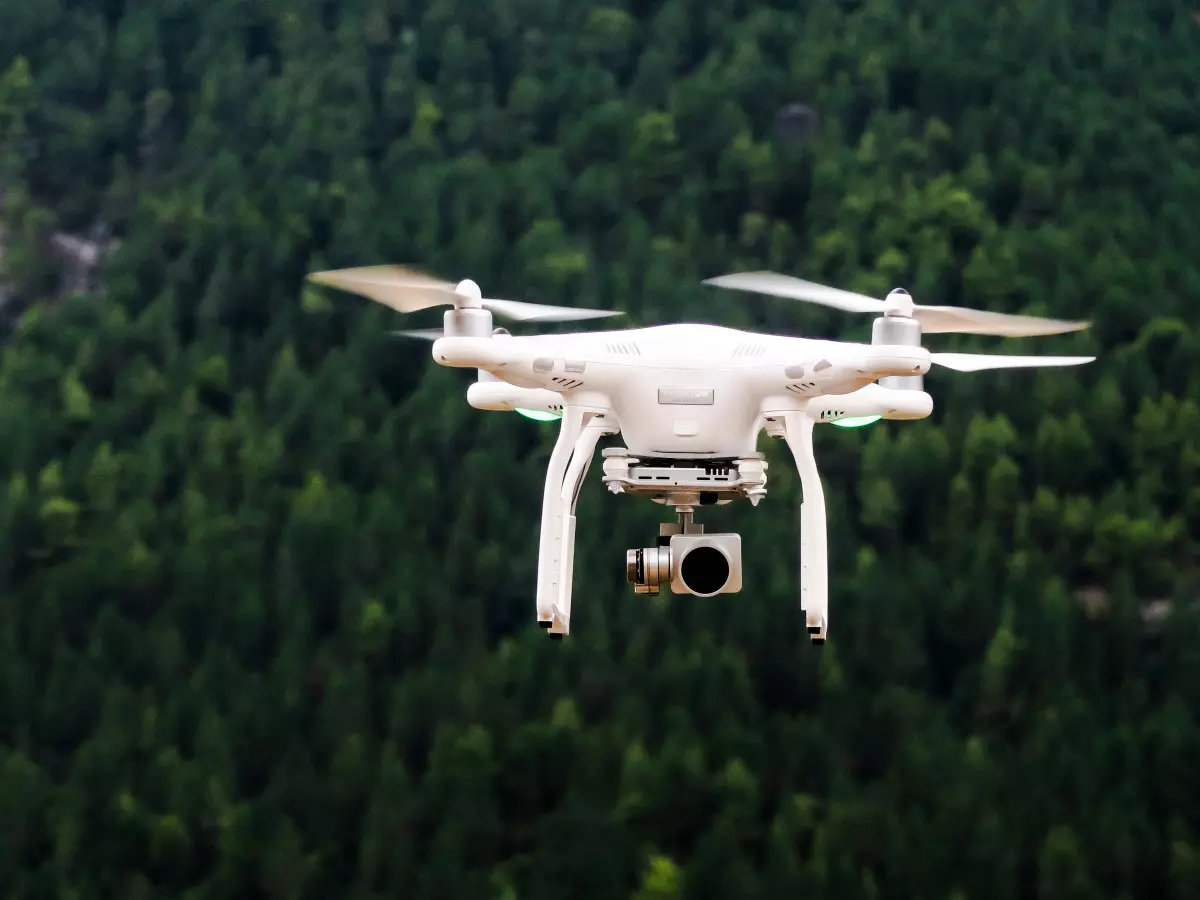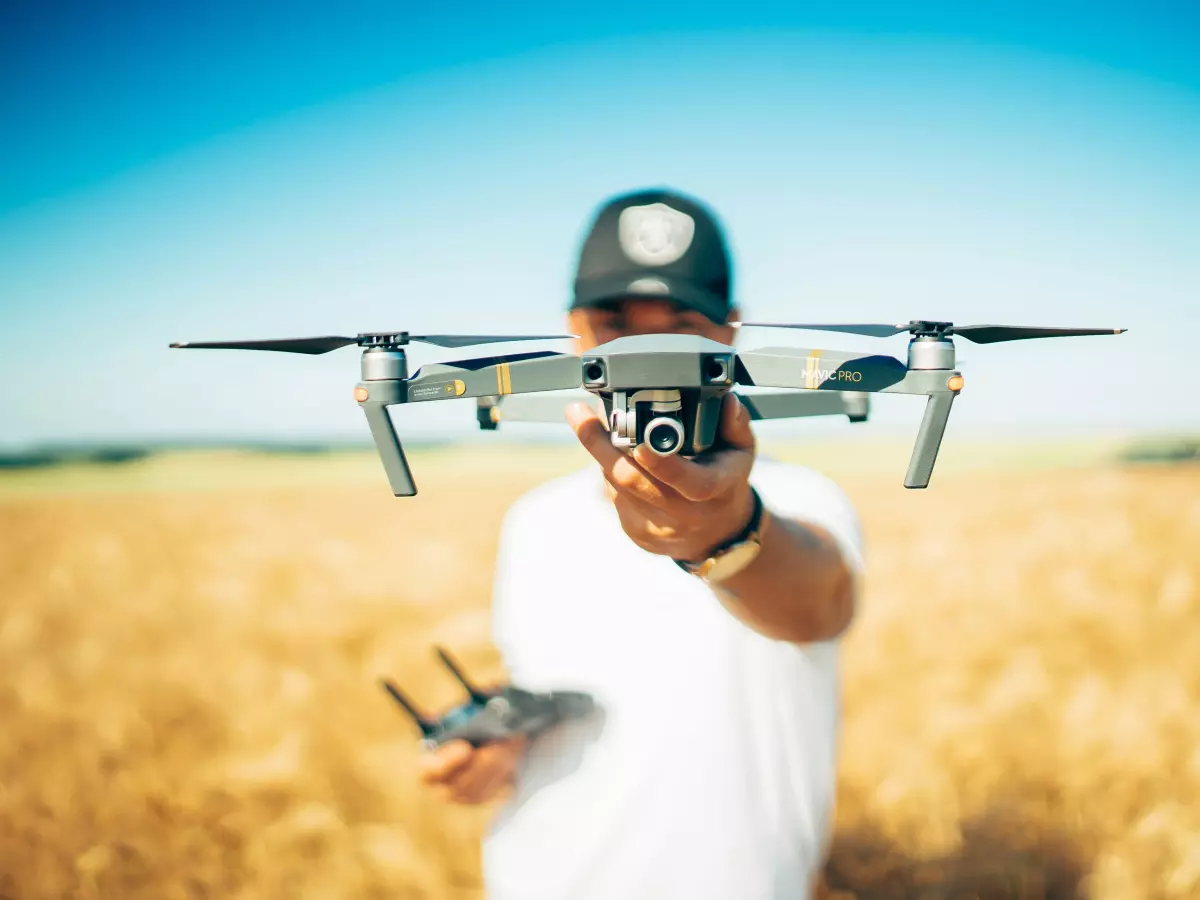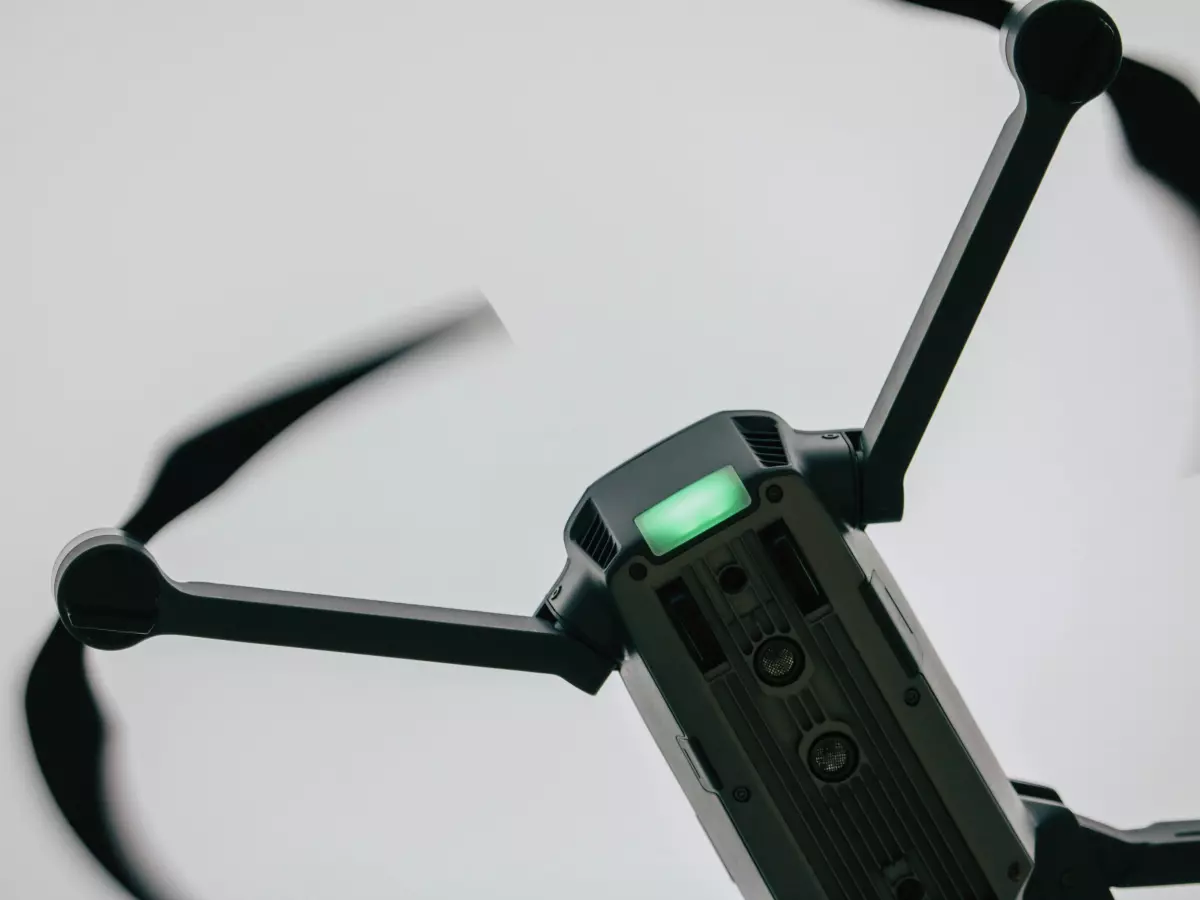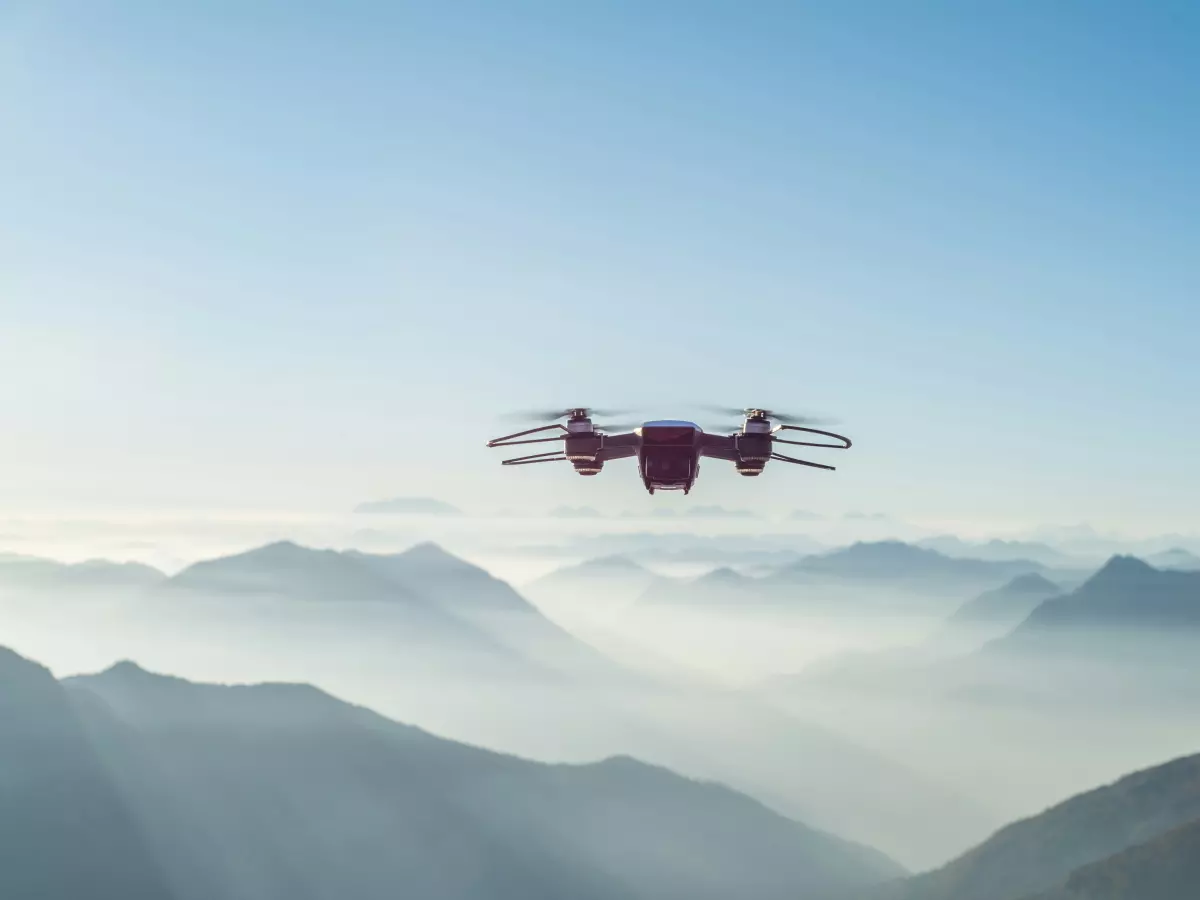Mastering Drone Autonomy
Flight control software is the unsung hero of drone autonomy, quietly orchestrating every move with precision.
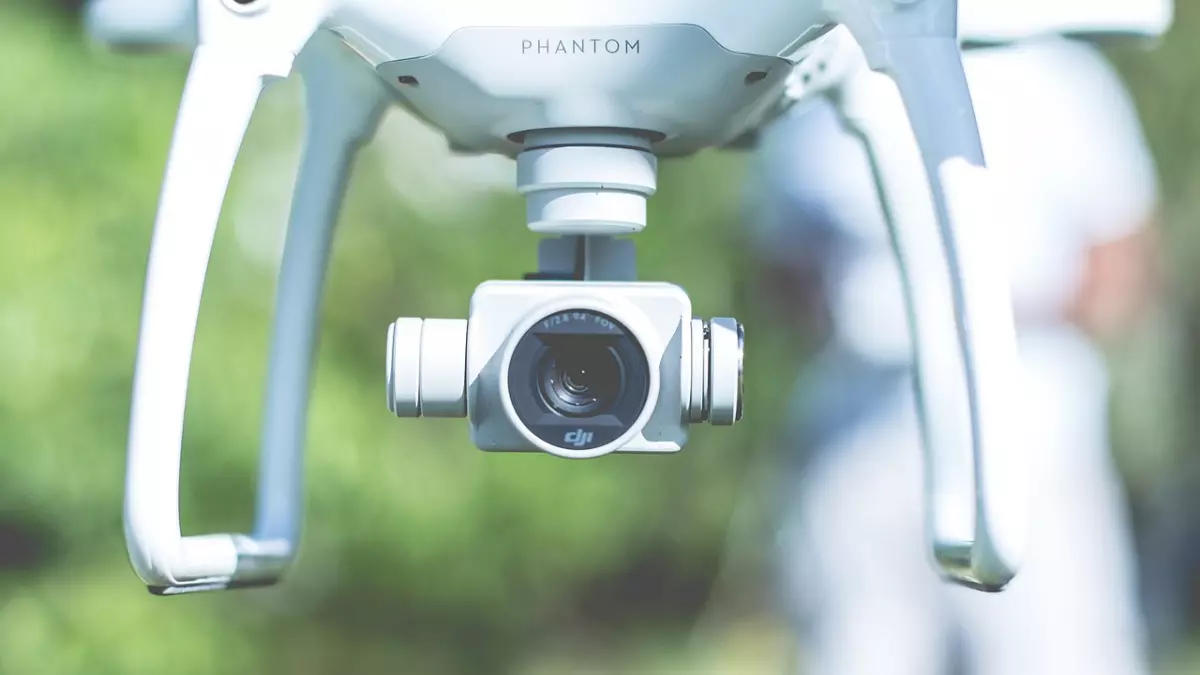
By Hiroshi Tanaka
Back in the early days of drones, flight was a manual affair. Pilots had to control every aspect of the drone’s movement, from takeoff to landing, with little room for error. These early drones were essentially remote-controlled aircraft, and the idea of autonomy seemed like something out of a sci-fi movie. But as technology advanced, the dream of autonomous drones became a reality, thanks to the development of sophisticated flight control software and sensor fusion.
Fast forward to today, and drones have evolved into highly intelligent machines capable of navigating complex environments with minimal human intervention. At the heart of this transformation lies the flight control system, a complex piece of software that processes data from multiple sensors to make real-time decisions. But how exactly does this system work, and what makes it so crucial to drone autonomy?
The Brain Behind the Flight
Flight control software is essentially the brain of the drone. It takes in data from various sensors—such as GPS, accelerometers, gyroscopes, and cameras—and processes this information to control the drone’s movement. The software is responsible for stabilizing the drone, adjusting its altitude, and ensuring that it follows the desired flight path.
One of the key challenges in drone flight control is dealing with the sheer amount of data that these sensors generate. This is where sensor fusion comes into play. Sensor fusion is the process of combining data from multiple sensors to create a more accurate and reliable picture of the drone’s surroundings. By fusing data from different sources, the flight control software can make better decisions and respond more quickly to changes in the environment.
Sensor Fusion: The Magic Ingredient
Imagine a drone flying through a dense forest. It needs to avoid obstacles like trees and branches while maintaining a steady altitude. To do this, the flight control software relies on data from multiple sensors. The GPS provides information about the drone’s location, while the accelerometer and gyroscope measure its speed and orientation. Meanwhile, the camera and lidar sensors detect obstacles in the drone’s path.
By fusing all of this data together, the flight control software can create a detailed map of the drone’s surroundings and make real-time adjustments to its flight path. This allows the drone to navigate through the forest without crashing into anything. Without sensor fusion, the drone would have to rely on individual sensors, which could lead to inaccurate or incomplete information.
Autonomy: The Ultimate Goal
While flight control software and sensor fusion are impressive on their own, the ultimate goal is full autonomy. This means that the drone can operate without any human intervention, making decisions entirely on its own. Achieving this level of autonomy requires not only advanced flight control software but also sophisticated algorithms that can interpret sensor data and predict future events.
For example, an autonomous drone might need to anticipate changes in wind speed or detect a potential obstacle before it becomes a problem. This requires the flight control software to be able to process data in real-time and make split-second decisions. In many ways, the software is like a pilot, constantly analyzing the environment and adjusting the drone’s flight path to ensure a smooth and safe journey.
The Future of Drone Autonomy
As drones become more autonomous, the role of flight control software will only become more important. In the future, we can expect to see drones that are capable of performing complex tasks, such as delivering packages or conducting search-and-rescue missions, without any human input. These drones will rely on advanced flight control systems that can process vast amounts of data and make intelligent decisions in real-time.
But we’re not quite there yet. While current drones are capable of semi-autonomous flight, full autonomy is still a work in progress. Researchers are constantly working to improve flight control software and sensor fusion algorithms, with the goal of creating drones that can operate completely on their own.
In the meantime, we can marvel at the incredible progress that has been made in drone technology. From manual control to near-autonomous flight, drones have come a long way in a relatively short amount of time. And with continued advancements in flight control software and sensor fusion, the future of drone autonomy looks brighter than ever.
So the next time you see a drone flying overhead, remember that there’s a lot more going on behind the scenes than meets the eye. Beneath the sleek exterior lies a complex system of sensors and software, all working together to keep the drone in the air and on course.
Just think about it: the next time you order a pizza, it might be delivered by a fully autonomous drone, thanks to the magic of flight control software and sensor fusion. Now that’s a future worth waiting for!
